(To see the video, click on the play button above)
Palermo f.c., hamstring injury for full-back doda 108 buy rexobol 50 in uk vuelle, delfino is out: first degree injury to the hamstring
Acrylic paint is full of advantages, and I’m going to show you 10 tips & techniques you really need to know.
Before you start In order to follow the advice presented here, I invite you to download my acrylic painting equipment guide and its free course.
1. Acrylic paint can be thinned with water or a thinner.
Acrylic paint is a water-soluble paint. It can also be diluted with a thinning agent, such as a retarder.
Using acrylic paint alone
Acrylic paint can be used on its own, without mixing with water or any other painting medium. This way, you can pick up the paint directly with your brush, spalter or knife and use it immediately. The advantage of using acrylic paint alone is that it has a high covering power and is fully opaque.
Mixing acrylic paint with water
Using water in acrylic paint will help to thin the paint. This makes it easier to use.
Here’s how it works: The more water there is, the more transparent your paint will become. In fact, the more water you add, the lower the pigment concentration. As a result, your paint loses its opacity and gains in transparency.

2. Prevent paint from drying on brushes and spalters
A very common mistake when you’re just starting out. You work on a painting, then as you create, you use a new brush, a new spalter and so on. Then you forget them on the corner of your table.
Result: the fibers of your brushes and spalters are glued together by dry acrylic paint, making them virtually impossible to recover.
Adopt the right reflexes by using a pot and water trays to immediately immerse unused equipment.
3. Acrylic paint shades can be mixed with each other
Another advantage of acrylic paint is that you can mix shades.
Here are the advantages of color mixing:
- Learning how to mix paint means you don’t have to squander your budget on tubes of different colors.
- Mixing paint helps you understand associations and harmonies…
- Save money: Primers are generally less expensive.
- Save space in your workshop!
- Gives you the opportunity to create a very precise shade that perfectly matches your needs.
To find out more about acrylic paint mixtures, the list of colors and how to obtain them, discover my article: How to mix acrylic paint
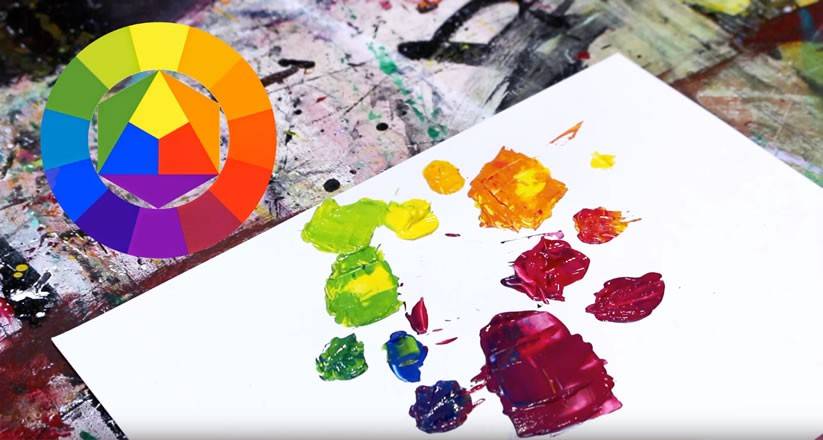
4. Mastering the drying of acrylic paint
Acrylic paint dries quickly. This can be seen as either an advantage or a disadvantage. It all depends on how you work with paint.
- Unthinned acrylic paint dries in minutes
- The more water or thinner you use, the longer the drying time.
- You can speed up drying times with a fan, hairdryer or heat gun. But be careful with this technique, as it may alter the behavior of your pigments.
5. Apply acrylic paint layer by layer
Acrylic paint is usually applied layer by layer. Simply paint your surface once, wait for the paint to dry, then repeat as many times as you like.
The glazing method
You can work either :
- with undiluted, highly opaque coats of paint
- or use water in your paint to create transparency – this is the principle of glazing.
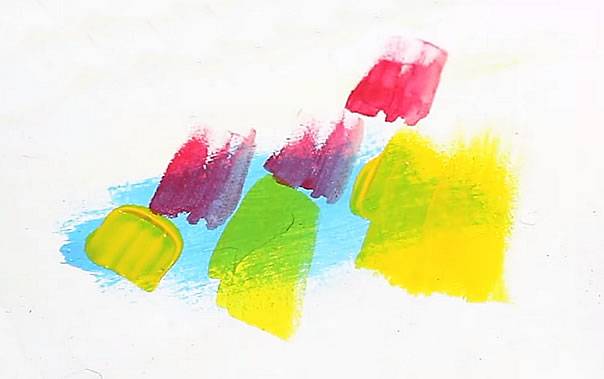
6. Acrylic paint: How to create textures
Textures can be created with acrylic paint. This is made possible by the property of its binder, which sticks and sets once dry.
Creating textures is easy:
- Pour acrylic paint
- Mix in sand, earth, coffee, wood… (anything you can think of!).
- Once the paint is dry, the material will set and stick firmly to your canvas.
- Be careful, however, not to overload your paintwork with your material.

7. Acrylic paint: Use dedicated clothing
Acrylic paint stains and dries fast! So you absolutely must have an outfit dedicated to your acrylic painting practice.
Because even if you act fast, it’s hard to get your stained clothes back!
You can also use an apron, as many artists have done.
In my case, I have several outfits specially dedicated to this purpose (jeans, T-shirts, sweaters & even jackets!).
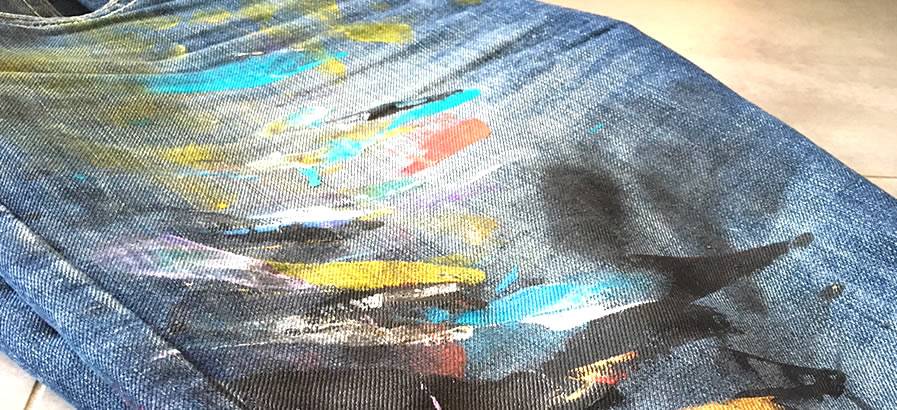
8. Acrylic paint is easy to clean
Acrylic paint is easy to clean, unlike some other paints for which you need special products such as solvents.
Brushes and spalters are easy to clean:
- With warm water
- Or with dedicated soaps or cleaning liquids
To find out more, read my article on how to clean paint.
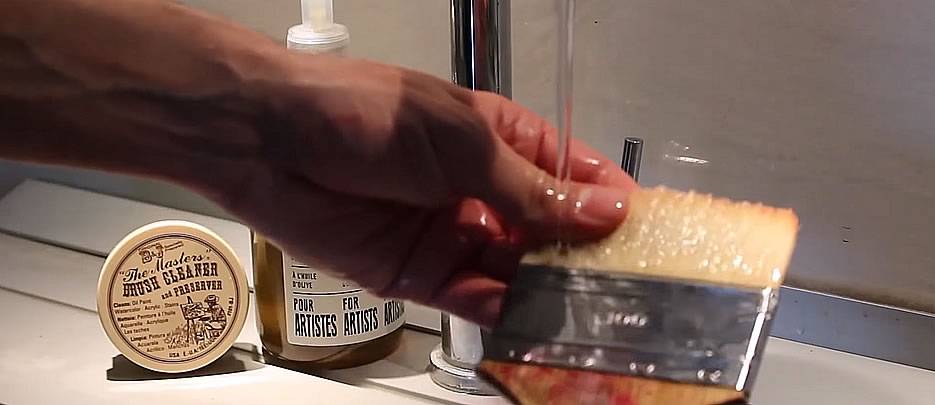
9. The spalter to never run out of ideas
I’m going to tell you about a technique that’s widely used in the world of modern painting, contemporary painting and abstract painting.
The spalter is a kind of brush, generally large in size, which will help you avoid the detail trap. It’s a great way to avoid running out of ideas:
- The spalter makes it easy to express yourself
- Its large size will prevent you from falling into the “details” trap
- It allows you to create layers of paint quickly and easily.
- It helps you to be creative(at least it does in my case).
10. Study paints, fine & extra-fine
Study/school paintings
These are entry-level paints. You can recognize them simply by their low prices. It’s the ideal type of paint for getting started.
Advantages :
- The cheapest on the market
Disadvantage :
- Low pigmentation
- Low-quality pigment
- Paint may fade with age and light
Fine acrylic paint
Widely used by beginners and some professionals. Fine acrylic paint is offered by a large number of brands, in all price ranges.
Advantages :
- Good value for money
- Offered by many brands
- Plenty of choice
Disadvantages :
- Lower pigmentation than extra-fine paint
- Paint may sometimes be slightly altered by ageing and light
Extra-fine acrylic paint
Highly concentrated in pigment, extra-fine paint is the top-of-the-range acrylic paint. This is classified in different “series” (usually from 1 to 6) and at different costs. The extra-fine paint provides an excellent rendering with powerful, saturated hues. It ages very well over time and will enable you to produce high-quality paintings.
Advantages :
- Top-of-the-range paint
- High-quality, concentrated pigments
- Offered by many brands
Disadvantages :
- Expensive paint
- Paint may sometimes be slightly altered by ageing and light
- Prices vary and can rise rapidly depending on the series.
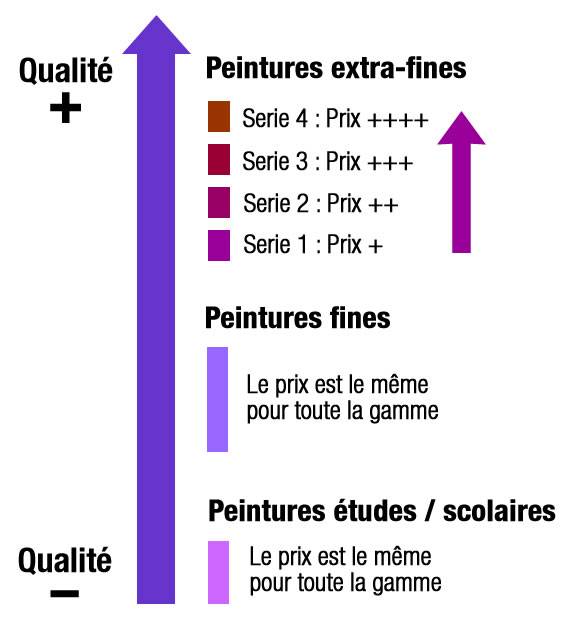
To find out more, read my article on acrylic paint types.
Conclusion & use in my case
In conclusion, I’ve done several hundred paintings with acrylic paint and today I know that it’s the perfect solution for all my needs. In particular, I find that it lends itself perfectly to abstract painting.
Pack offert : Techniques, matériel & guide
Pour vous lancer dans la peinture abstraite dans de bonnes conditions, je vous offre ce pack comprenant mon guide du matériel, un cours de peinture abstraite et une avalanche de conseils !
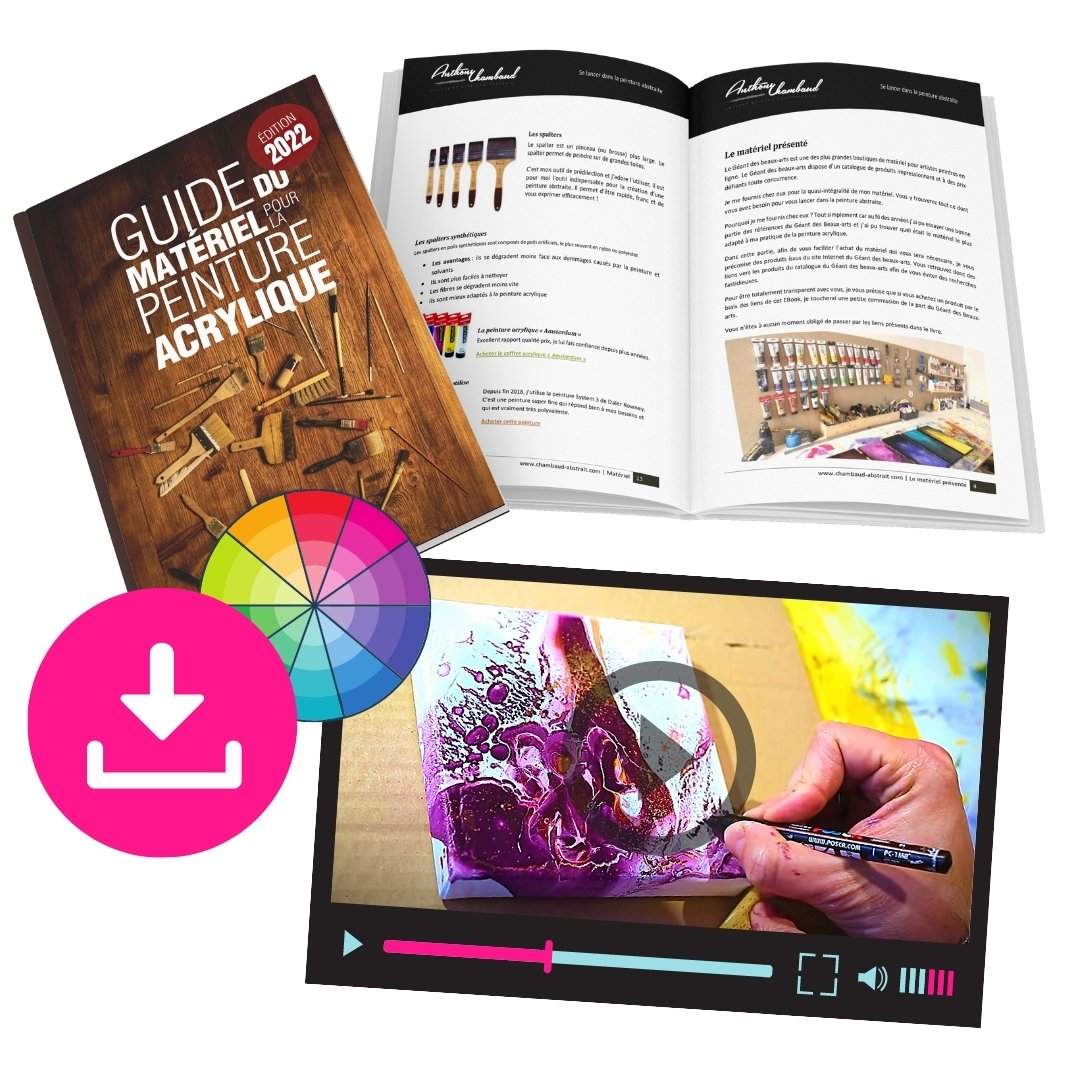
Continuer et télécharger

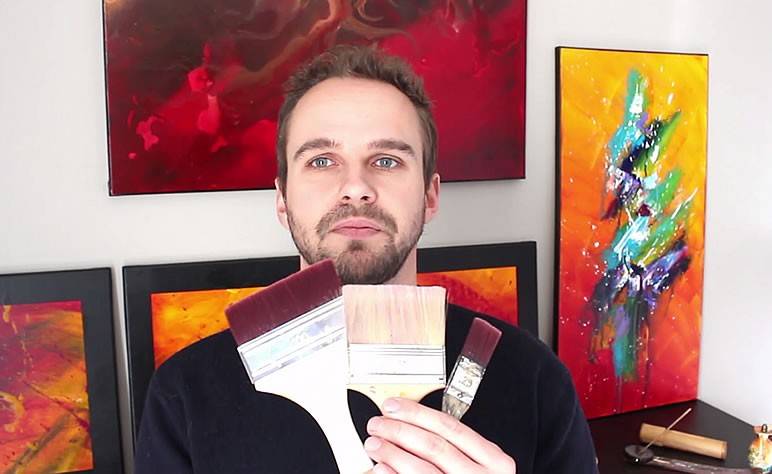

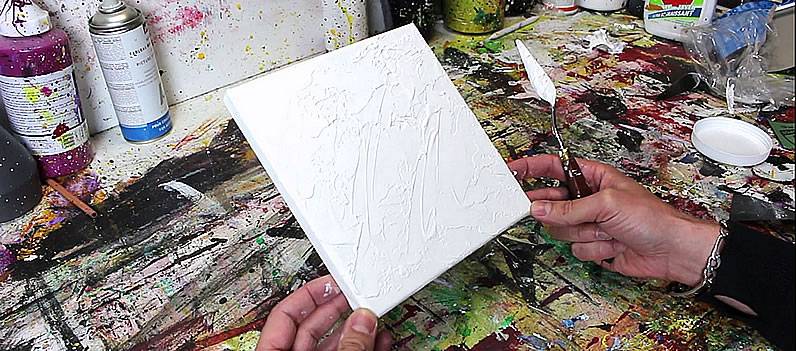



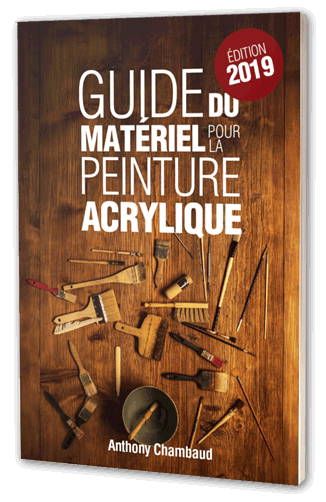


 Recevez votre Pack du peintre débutant
Recevez votre Pack du peintre débutant